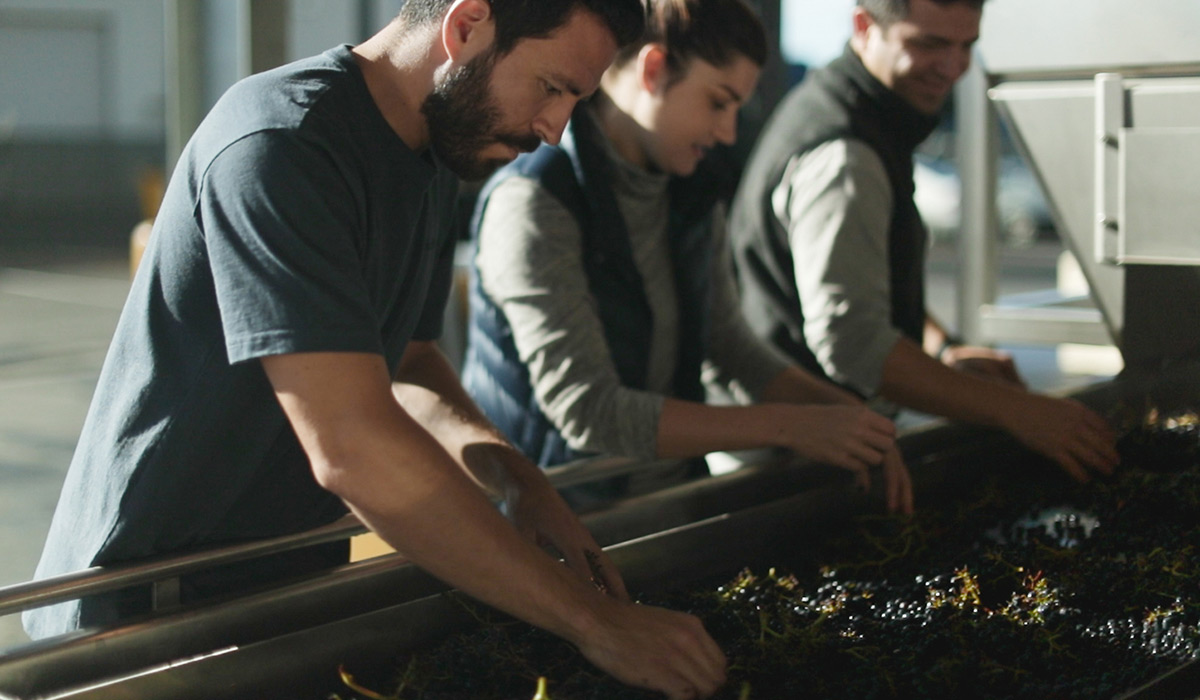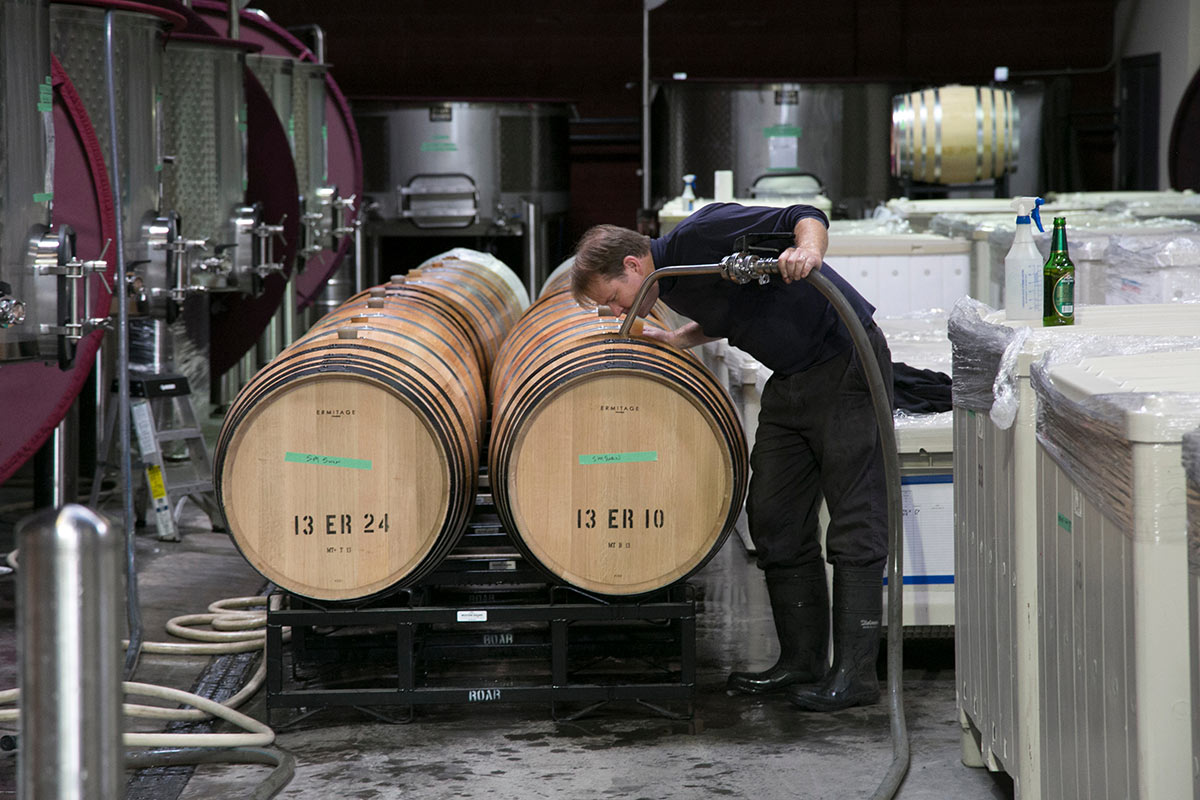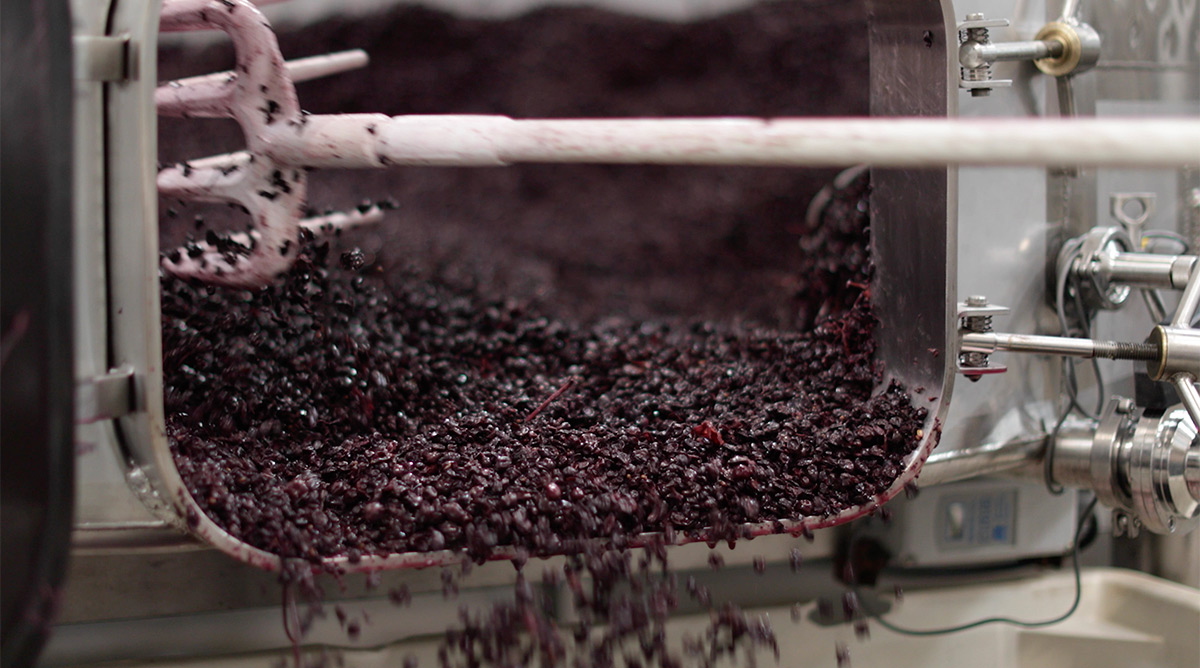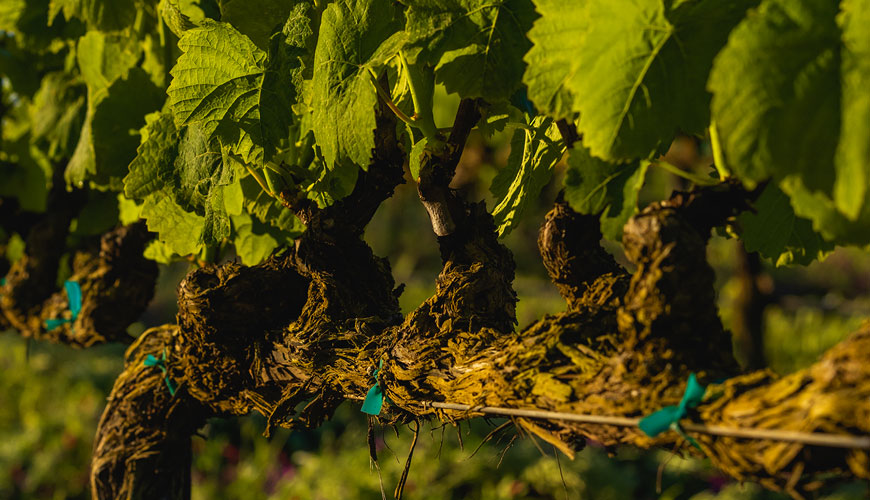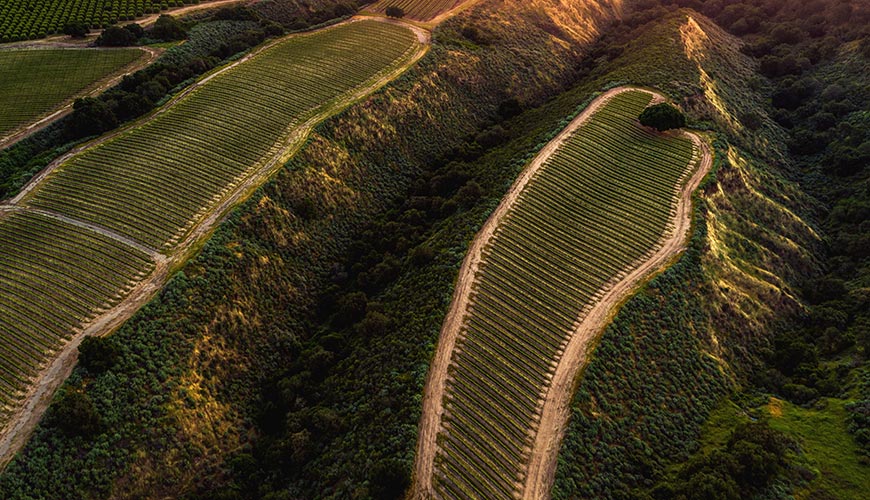Working Hand in Hand
Year-round collaboration keeps everyone in step. Scott shares that “The vineyard and winery work hand in hand throughout the year - the benefits of a family-run team with a hands-on approach.” Gary and Adam regularly check in at the winery, and Scott and Nick spend time among the vines throughout the season. This constant communication ensures we are nimble and working in tandem.
When time comes to blend the final wine, it’s all hands on deck. Scott and Nick begin by assessing each barrel's quality and uniqueness, followed by a rigorous process of crafting preliminary blends. Then Gary, Rosella & Adam join in at the big table to compare, discuss, and refine the blends. Votes are cast, but no matter the majority opinion, every blend must receive Rosella’s approval. A true ROAR wine!


